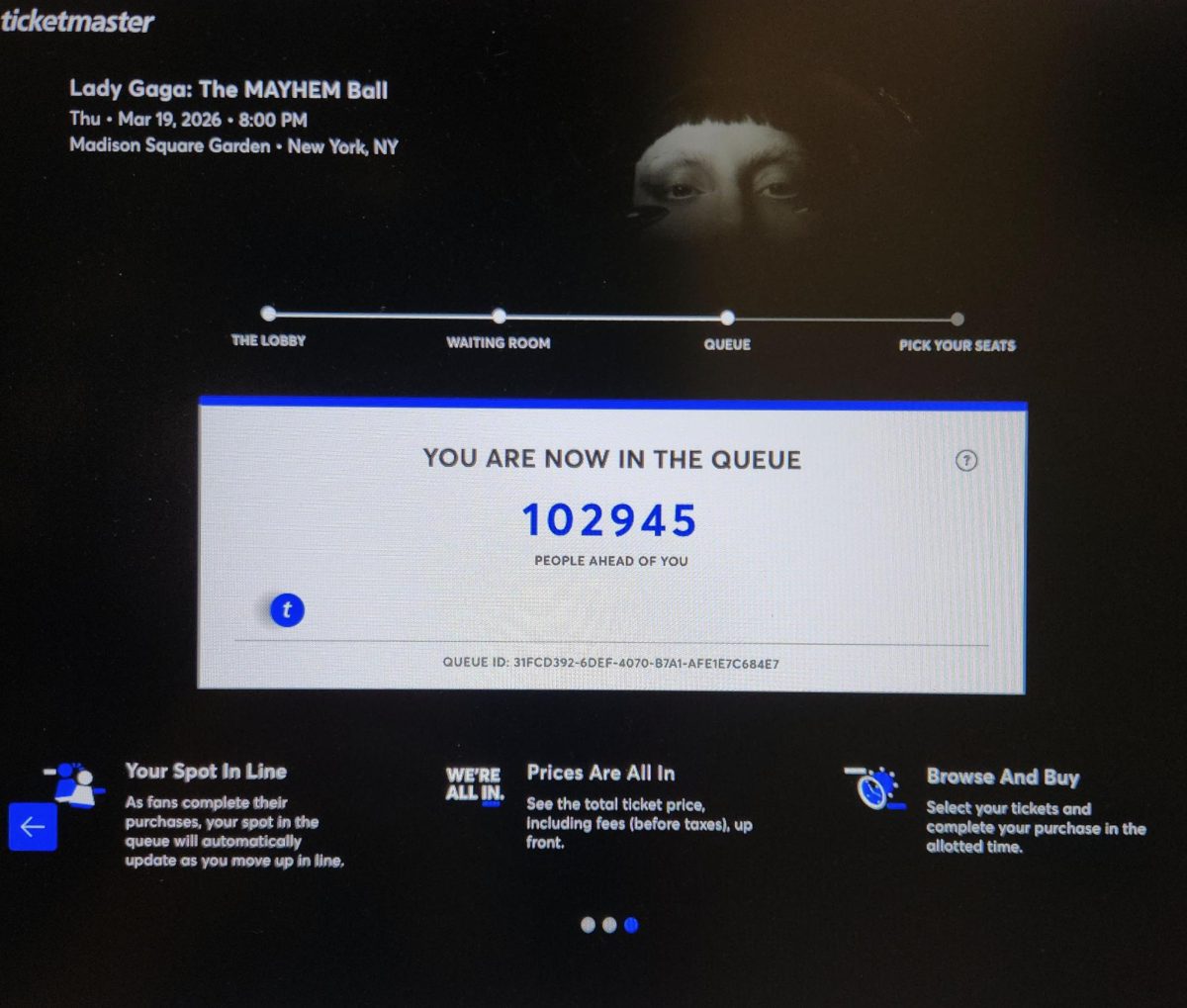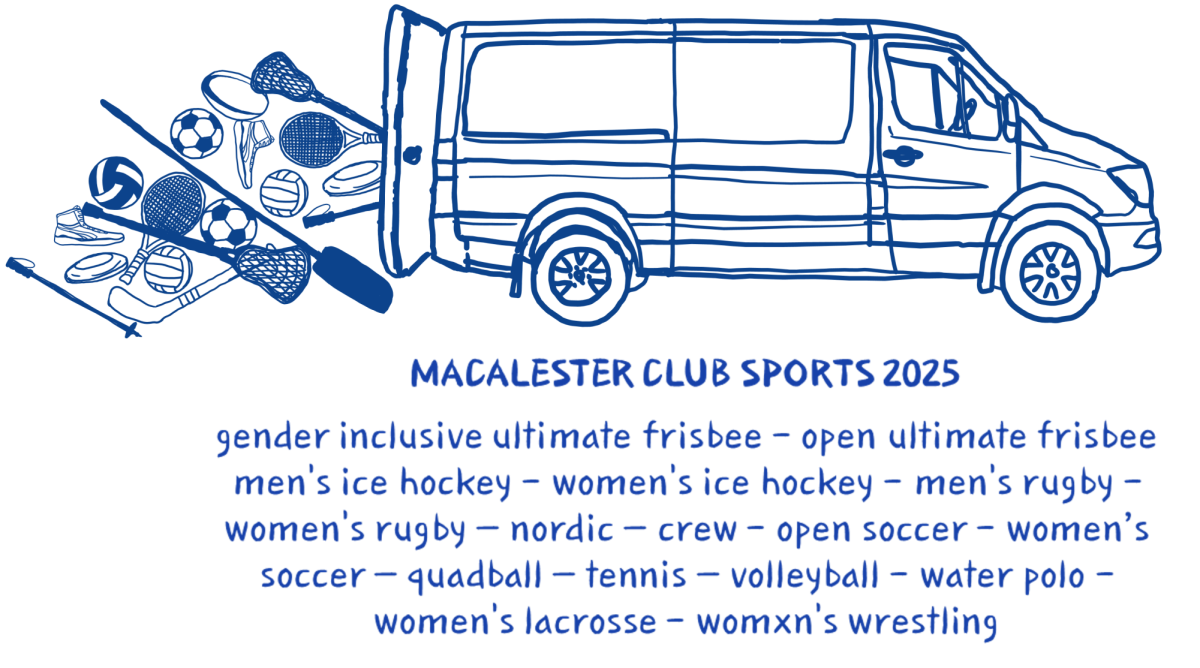I challenge you to find another American city where nature lies near the bustling urban life; a city with multiple waterfalls, world-class entertainment and sports offerings and a rich culture and history embedded deeply into its fabric.
There are only two: Minneapolis and St. Paul, better known as the Twin Cities.
Minneapolis and St. Paul rarely gain recognition nationwide for their incredible features and amenities, often due to their smaller size and perceived danger, particularly after the 2020 George Floyd protests.
Although Minneapolis and St. Paul’s economy declined sharply during COVID and may not thrill tourists like Chicago or New York City, our humble cities can match the tenacity while providing a respite from urban life.
Nature and Recreation
In 2024, Minneapolis and St. Paul ranked second and third in the nation on The Trust for Public Land’s ParkScore. Both cities achieved high marks for access and investment, highlighting the significance of parks.
99 percent of Twin Cities residents live within a ten-minute walk to a park, well above the average for all cities at 55 percent. With over 400 parks between the two cities, locals have a plethora of choices outside their front doors.
The largest of the park collection, Theodore Wirth Regional Park, boasts more than 740 acres of land, nearly the size of New York City’s Central Park. In St. Paul, Como Park offers a free zoo and conservatory, apt for families.
These parks are connected by the Grand Rounds National Scenic Byway: one of the longest urban parkways in the country. According to Minneapolis Parks and Recreation, this stretch includes 55 miles of greenway, 102 miles of trails and 51 miles of bike path.
Minneapolis’s 22 lakes shouldn’t come as a surprise, given Minnesota’s moniker “Land of 10,000 Lakes.” The five largest lakes form a string known as the Chain of Lakes – Lake Harriet, Bde Maka Ska, Lake of the Isles, Cedar Lake and Brownie Lake. Locals make the most of hot summer days by leisurely floating on a boat or kayak, soaking in the natural beauty.
Twin Cities residents have a penchant for the outdoors and take advantage of their natural surroundings.
This has led to several health benefits for locals, including quality sleep, an area where Minneapolis ranks first and St. Paul sixth. In a recent WalletHub survey measuring the healthiest cities in the United States, Minneapolis placed eighth.
Minneapolis’s biking infrastructure is top-notch. People for Bikes, a biking organization, lauded Minneapolis as the best large American city for biking, with a score of 71. St. Paul ranked fourth with a score of 61.
Twin Cities residents aren’t afraid of suboptimal winter temperatures either. Minnesota has an undying love for hockey, and it’s typical to find locals skating on a frozen lake, sharpening their skills. The cities of St. Paul and Minneapolis operate 28 outdoor skating rinks.
Sports
Minnesota’s love for activity doesn’t stop at informal hockey games. Despite a history of postseason heartbreaks, the Twin Cities have a strong sports scene with seven professional teams.
The Minnesota Timberwolves have a bright future as the team plays postseason basketball for the fourth straight season. Likewise, the state’s hockey team, the Minnesota Wild, has entertaining youngsters on their roster and made the playoffs for the fifth time in six seasons.
The Minnesota Vikings, Minneapolis’s football team, enjoys an incredible home-field advantage with passionate fans cranking the volume inside U.S. Bank Stadium to 130 decibels at times, ranked the best experience in the NFL.
The Minnesota United Football Club is in the same position. Allianz Field is also often regarded as the best stadium in the MLS, adding to the team’s intrigue. The Minnesota Twins similarly have a beautiful stadium. Target Field is one of the top ten ballparks in baseball.
Minnesota also has two professional women’s sports teams, the WNBA’s Minnesota Lynx and PWHL’s Minnesota Frost. Both teams have athletic firepower and won championships recently, as the Frost won last year and the Lynx won in 2015.
Culture & Arts
The Twin Cities’ culture extends beyond sports. The Cities include a tapestry of vibrant communities, including the Hmong and Somali populations, which emanate through the cities.
All Minnesotans celebrate their shared identity at the Minnesota State Fair, appropriately named ‘The Great Minnesota Get-Together.’ This annual 12-day celebration ending on Labor Day brings the state together. The fair is known for its wacky food offerings and is the second-largest state fair behind Texas, with as close to 2 million people showing up for the event each year.
Minneapolis and St. Paul share a fabulous art scene too. The free Sculpture Garden maintains more than 60 sculptures, including the famous “Spoonbridge and Cherry”. Across the street lives the Walker Art Center, a world-class contemporary art museum. Additionally, the Minneapolis Institute of Art displays over 90,000 art pieces from a timespan of 5,000 years.
The performing arts are even stronger in the Twin Cities. Minneapolis has one of the best theater scenes in the country, with the second-most theater companies per capita, and the renowned regional Guthrie Theater.
The Twin Cities have a thriving music industry. Music greats like Bob Dylan and Prince originated from the city, and Prince chose to highlight First Avenue, a legendary music venue in his movie “Purple Rain”.
History and Economics
In the mid-1800s, St. Paul’s warehousing and Minneapolis’s flour production spurred the area’s growth, leading to an industry boom.
Nowadays, Minnesota is home to 17 Fortune 500 companies like Target, Best Buy, 3M and General Mills. These companies are a massive economic driver and are responsible for the metro’s $350 billion GDP in 2024.
While industrialization brought Minneapolis and St. Paul to the world stage, the cities are seeing a comeback in their Indigenous roots. New restaurants like James Beard winner Owamni have opened their doors to tantalize visitors and share a piece of Minnesota before colonization. Furthermore, the Indigenous community is strong, continually holding events and festivals to spread their history and culture.
If you still aren’t convinced, Ranker, a site where users vote on lists, ranks the Twin Cities as the most underrated metro area in the United States — and it isn’t even close. More than 1,900 users as of publication believe the Twin Cities should receive more credit.
As Macalester students, we’re lucky to have two incredible cities at our fingertips. I urge my peers to engage with the city and explore; there’s a lot to discover.







